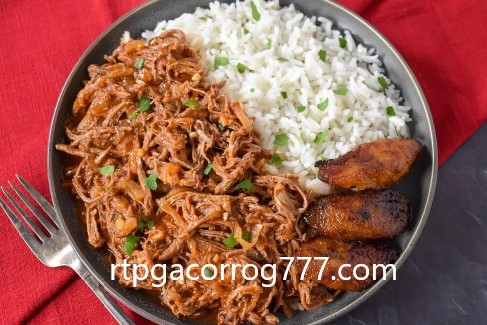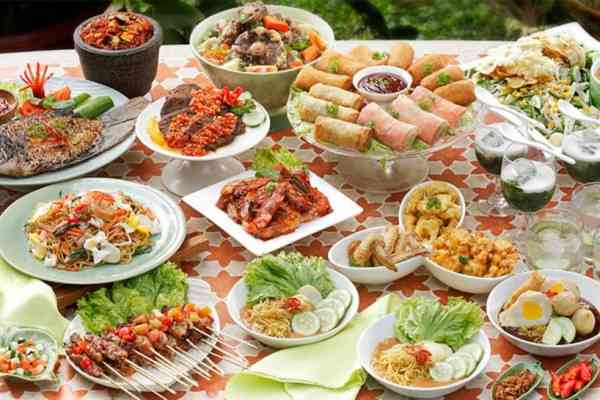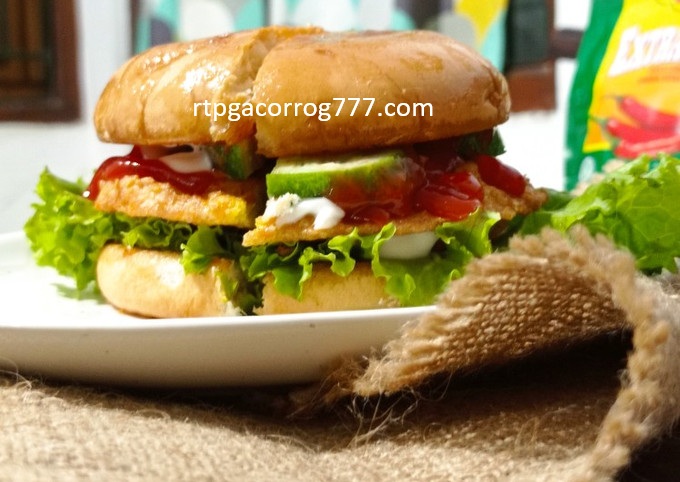Makanan Khas Kuba: Tostones dan Picadillo, Lezatnya Warisan Kuliner Karibia – Makanan Khas Kuba: Tostones dan Picadillo, Lezatnya Warisan Kuliner Karibia
Kuba, pulau yang dikenal dengan sejarah revolusinya, musik salsa yang menggoda, dan pemandangan tropis yang memukau, juga menyimpan kekayaan kuliner yang patut diacungi jempol. Di balik gemerlap budaya dan keindahan alamnya, makanan khas Kuba membawa cita rasa yang unik, kaya rempah, dan penuh cerita. Dua hidangan slot bonus ikonik yang wajib Anda coba saat mengunjungi Kuba atau ingin menikmati rasa autentik Karibia di rumah adalah tostones dan picadillo. Mari kita telusuri pesona dan kelezatan kedua sajian ini.
Tostones: Pisang Goreng Renyah yang Menggoda Selera
Tostones adalah camilan atau lauk khas Kuba yang terbuat dari pisang hijau, bukan pisang manis yang biasa kita konsumsi. Pisang hijau ini memiliki tekstur yang keras dan rasa yang netral, sehingga sangat cocok diolah menjadi hidangan gurih. Proses pembuatannya cukup sederhana namun menghasilkan tekstur yang renyah di luar dan lembut di dalam, yang membuat tostones sangat digemari.
Untuk membuat tostones, pisang hijau dikupas slot server thailand dan dipotong-potong kemudian digoreng pertama kali hingga setengah matang. Setelah itu, pisang digeprek atau ditekan hingga pipih, lalu digoreng kembali sampai berwarna kuning keemasan dan renyah. Terkadang, tostones diberi taburan garam atau disajikan dengan saus mojo, saus khas Kuba yang terbuat dari campuran minyak zaitun, bawang putih, dan jeruk nipis.
Tostones tidak hanya populer di Kuba, tetapi juga di banyak negara Karibia dan Amerika Latin. Keunikan tostones terletak pada teksturnya yang crispy namun tetap memiliki kelembutan di dalam. Camilan ini sangat cocok dinikmati sebagai pendamping hidangan utama atau sebagai snack yang menggoda.
Picadillo: Daging Cincang dengan Rasa Mendalam
Selain tostones, picadillo adalah hidangan Kuba yang tidak kalah terkenal. Picadillo merupakan semur daging cincang yang dimasak dengan berbagai bahan aromatik dan rempah sehingga menghasilkan rasa yang kaya dan kompleks. Biasanya menggunakan daging sapi cincang, picadillo dimasak bersama bawang bombay, bawang putih, tomat, paprika, dan kacang-kacangan seperti kacang polong atau kacang merah.
Salah satu rahasia kelezatan picadillo adalah penggunaan rempah dan bahan tambahan seperti zaitun hijau, kismis, dan caper yang memberikan sentuhan asin-manis dan aroma khas. Kadang-kadang picadillo juga dimasak dengan tambahan sedikit saus tomat dan anggur merah, membuatnya terasa lebih dalam dan lezat.
Picadillo sering disajikan bersama nasi putih, sebagai isian taco, atau dipadukan dengan tostones sebagai hidangan lengkap. Cita rasa picadillo yang gurih, sedikit manis, dan beraroma tajam membuatnya sangat cocok bagi siapa saja yang ingin merasakan kelezatan masakan rumah Kuba.
Perpaduan Sempurna: Tostones dan Picadillo
Ketika tostones dan picadillo disajikan bersama, mereka menciptakan perpaduan rasa yang sangat memuaskan. Tostones yang renyah dan sedikit asin menjadi alas sempurna bagi picadillo yang kaya rempah dan tekstur dagingnya yang lembut. Kombinasi ini menggambarkan kehangatan dan keragaman cita rasa kuliner Kuba yang tak lekang oleh waktu.
Di Kuba, sajian ini sering dijumpai dalam berbagai kesempatan, baik untuk makan sehari-hari maupun acara spesial keluarga. Kedua makanan ini juga menjadi simbol sederhana namun bermakna dari budaya Kuba—menggabungkan bahan sederhana menjadi sesuatu yang istimewa.
Sejarah dan Budaya di Balik Tostones dan Picadillo
Makanan Kuba adalah hasil dari perpaduan budaya yang kaya, mulai dari pengaruh Spanyol, Afrika, hingga penduduk asli Karibia. Tostones, misalnya, merupakan pengaruh kuat dari kuliner Afrika dan Amerika Latin, di mana pisang hijau digoreng dua kali adalah teknik yang sudah dikenal lama. Sedangkan picadillo berasal dari resep Spanyol yang kemudian diadaptasi dengan bahan lokal dan gaya memasak khas Kuba.
Kedua hidangan ini tidak hanya soal rasa, tapi juga cara bercerita tentang sejarah dan identitas Kuba. Saat menikmati tostones dan picadillo, kita seperti merasakan denyut kehidupan Kuba—sederhana, bersemangat, dan penuh warna.
Cara Menikmati Tostones dan Picadillo di Rumah
Anda tidak perlu pergi jauh ke Kuba untuk menikmati kelezatan tostones dan picadillo. Resep kedua hidangan ini relatif mudah ditemukan dan dapat dibuat di dapur sendiri. Gunakan pisang hijau segar untuk tostones, dan pilih daging sapi cincang berkualitas untuk picadillo.
Tips untuk tostones: jangan lupa menggoreng pisang dua kali agar mendapatkan kerenyahan sempurna. Sedangkan untuk picadillo, kunci rasa terletak pada keseimbangan rempah, tambahan kismis, dan sedikit sentuhan asam dari caper atau jeruk nipis.
Nikmati tostones sebagai camilan atau pelengkap hidangan utama, dan sajikan picadillo hangat dengan nasi putih. Dengan demikian, Anda bisa merasakan cita rasa autentik Kuba langsung di meja makan Anda.
Penutup
Tostones dan picadillo bukan hanya makanan, tapi sebuah perjalanan rasa yang membawa kita ke jantung budaya Kuba. Dari renyahnya pisang goreng hingga kaya dan beraroma rempah daging cincang, kedua hidangan ini menghadirkan pengalaman kuliner yang tak terlupakan. Jadi, jika Anda ingin mencicipi Kuba dalam bentuk makanan, pastikan tostones dan picadillo menjadi pilihan utama Anda.








